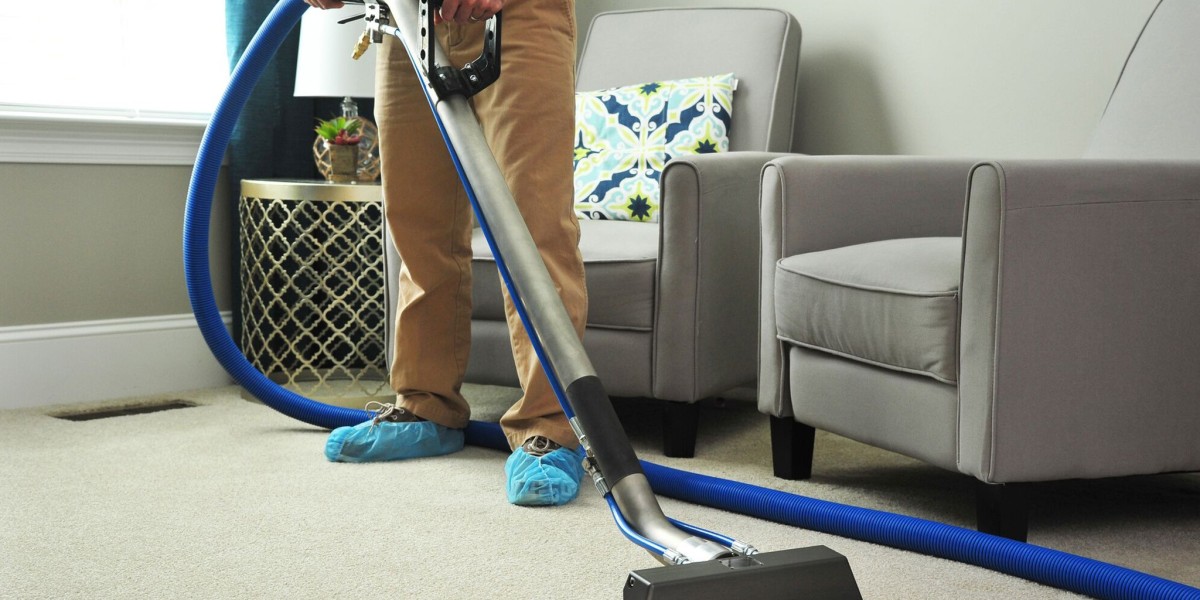When interior design intersects with healthcare, the stakes are high. Design decisions go beyond aesthetics—they impact patient well-being, staff workflow, and legal compliance. While architects and project leads often anticipate structural codes and fire safety standards, many overlook the less obvious pitfalls hidden in material selection, lighting layouts, and spatial organization.
Among the most commonly misjudged factors in healthcare interior design projects are regulations that differ by care level, jurisdiction, and accreditation requirements. Designers may unknowingly use finishes or fixtures that conflict with infection control policies or privacy rules. What seems like a smart, functional choice on paper can quickly become a liability if it clashes with healthcare-specific mandates.
1. Ignoring Infection Control Requirements in Material Selection
Healthcare spaces demand surface materials that resist microbial growth, allow easy cleaning, and hold up under intense chemical disinfection. One of the most common compliance missteps is selecting porous or highly textured surfaces in patient rooms or procedure areas. While these may pass commercial durability benchmarks, they fail infection control audits due to their potential to harbor pathogens. Designers must validate materials against healthcare-specific cleaning protocols, not just standard durability ratings.
2. Overlooking Minimum Clearance and Accessibility Mandates
ADA compliance is often misunderstood in healthcare facilities. It's not just about wheelchair access; it involves maneuvering space for beds, emergency equipment, and staff movement in critical areas. Designers may position furniture or storage units in ways that compromise required clearances, especially in hallways or multi-bed rooms. Elevators, restrooms, and nurse stations must meet clearance and usability standards that consider medical workflows—not just pedestrian traffic. Small layout oversights can lead to expensive post-inspection revisions.
3. Misapplying Lighting Specs That Conflict With Patient Safety Protocols
Lighting in healthcare isn’t just about visibility; it's about psychological impact, energy efficiency, and clinical accuracy. Designers often fall into compliance trouble when they use residential or office lighting specs in treatment zones. For instance, light temperature and glare levels must be calibrated to prevent stress in psychiatric settings and to avoid interference with diagnosis in exam areas. Emergency lighting must meet code-mandated lux levels and battery backup durations. Overlooking these details invites scrutiny from accrediting bodies.
4. Underestimating Acoustic Requirements for Privacy Compliance
HIPAA regulations and hospital accreditation standards place strict limits on sound transfer in areas where private health information is discussed. Designers who fail to incorporate acoustic seals, insulated partitions, or ceiling treatments risk violating these mandates. Acoustic performance is not just a functional concern—it’s a legal requirement in consultation rooms, behavioral health units, and administrative areas. Lightweight walls, open ceilings, or exposed plenum designs can compromise speech privacy and result in noncompliance.
5. Failure to Integrate Fire Code Compliance with Functional Design
In healthcare environments, fire safety requirements exceed those of most commercial settings. Designers may inadvertently obstruct sprinkler coverage or install fabrics and finishes that don’t meet flame spread ratings. Furnishings must not impede exit routes, and wall systems must support adequate fire separation in patient treatment areas. Aesthetic ambitions, like feature walls or decorative ceilings, often run into compliance hurdles if not vetted early with fire safety consultants. The challenge lies in blending safety with ambiance—without compromise.
Ensuring Compliance Without Sacrificing Design Intent
Each of these traps stems from one root issue: assuming standard commercial design practices apply uniformly to healthcare projects. They don’t. Medical environments operate under a complex web of regulations—local, state, and federal.
Coordinating with facility managers, infection prevention teams, and compliance officers early in the design process can prevent rework and safeguard certification timelines. This attention to compliance ultimately protects your client’s investment and reputation.
Whether you’re retrofitting a wing or building new, the margin for regulatory error is slim. Success lies in balancing clinical function, patient comfort, and design innovation—without triggering red flags. These same principles hold true for commercial interior design, where code compliance intersects increasingly with evolving wellness and sustainability benchmarks.



